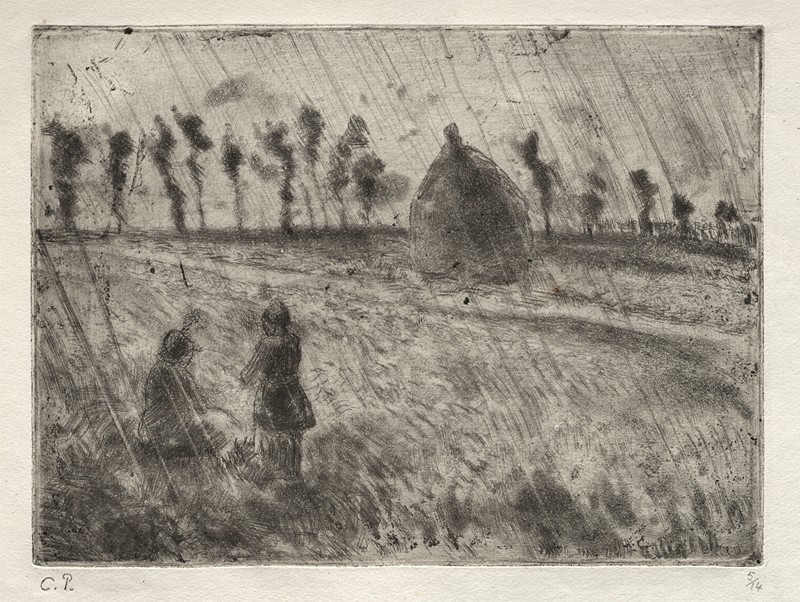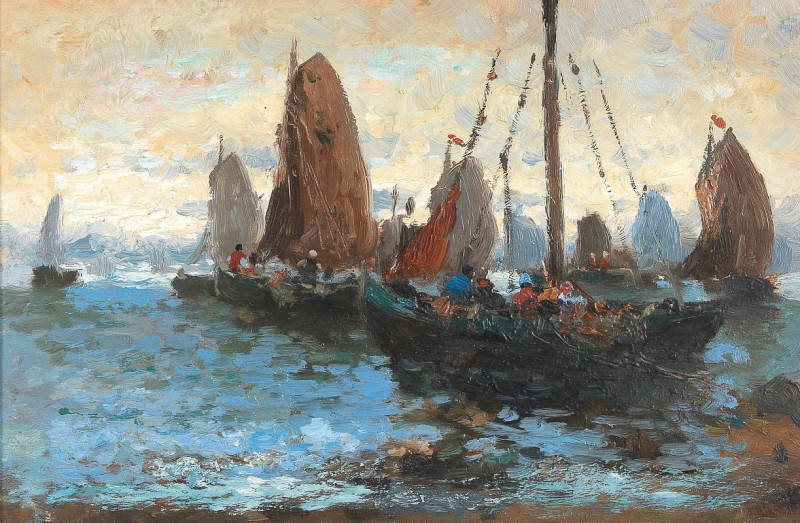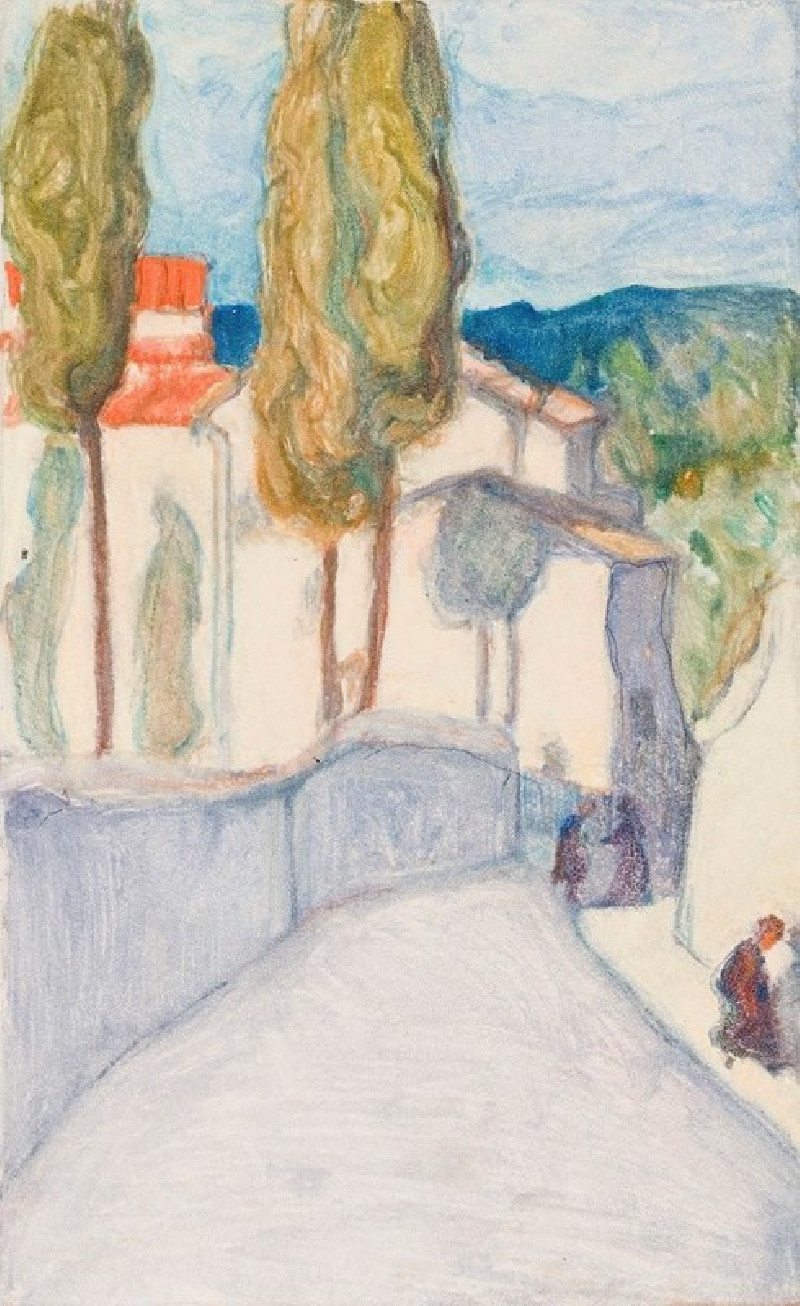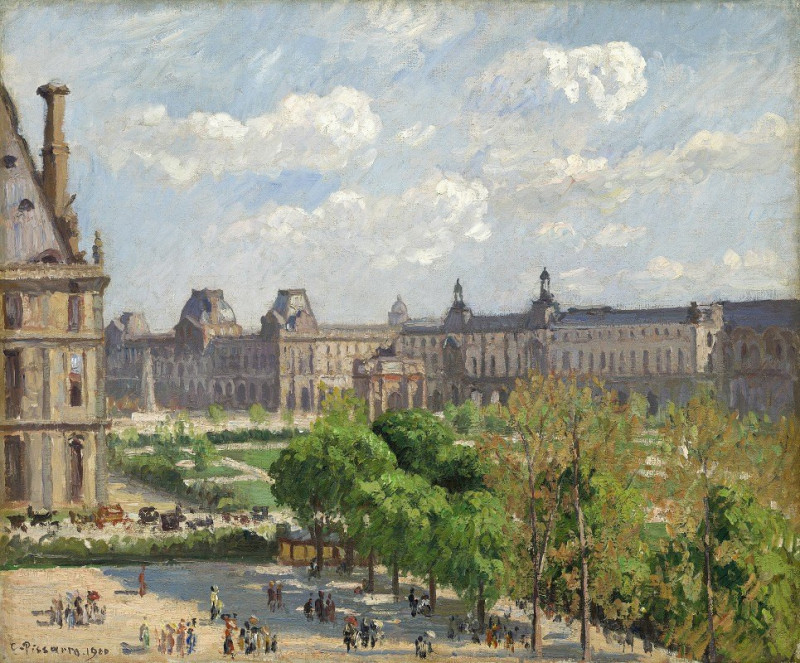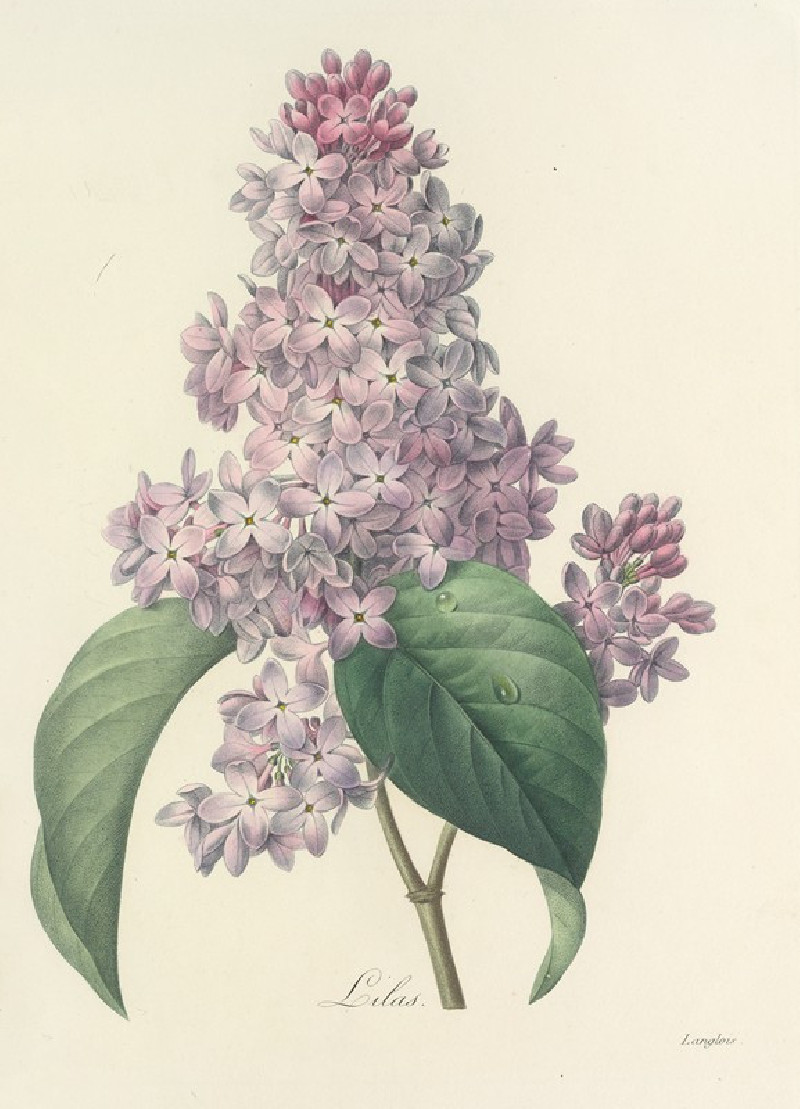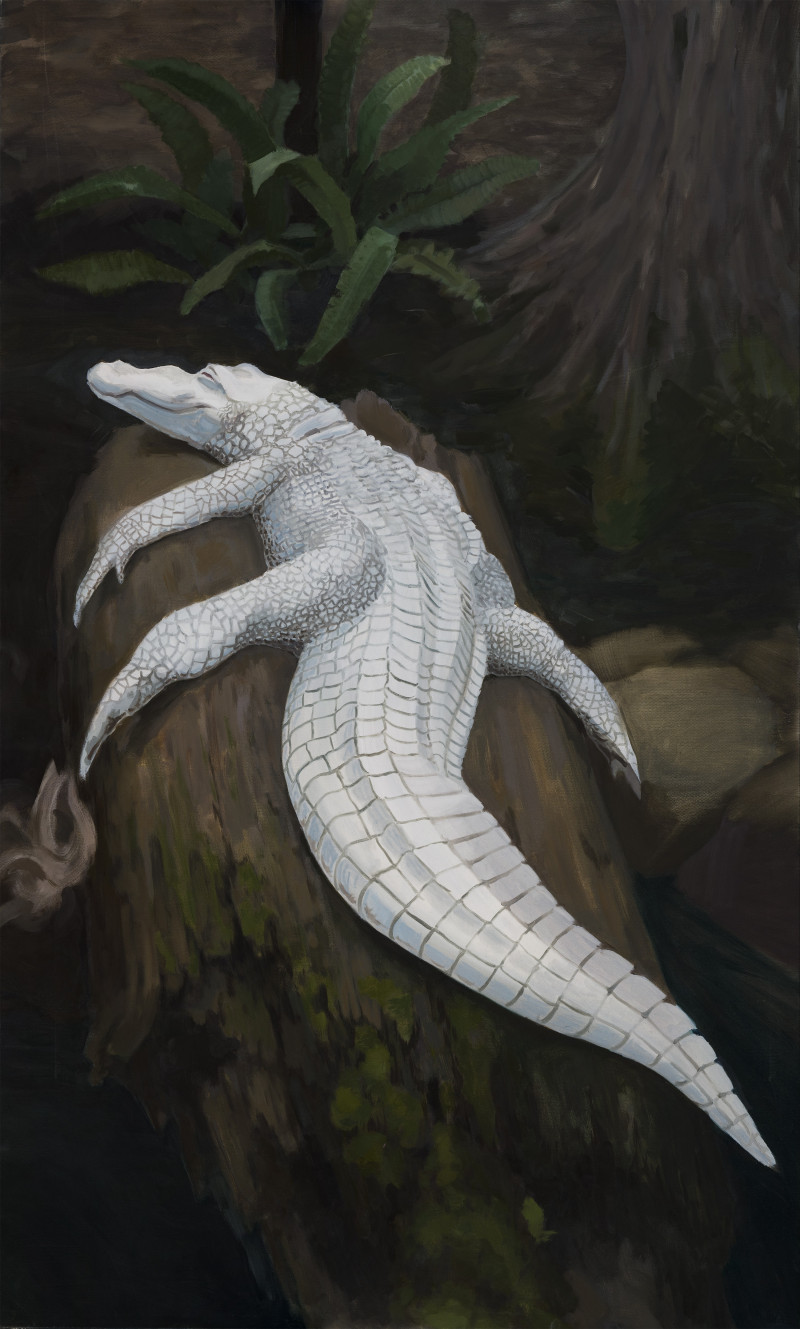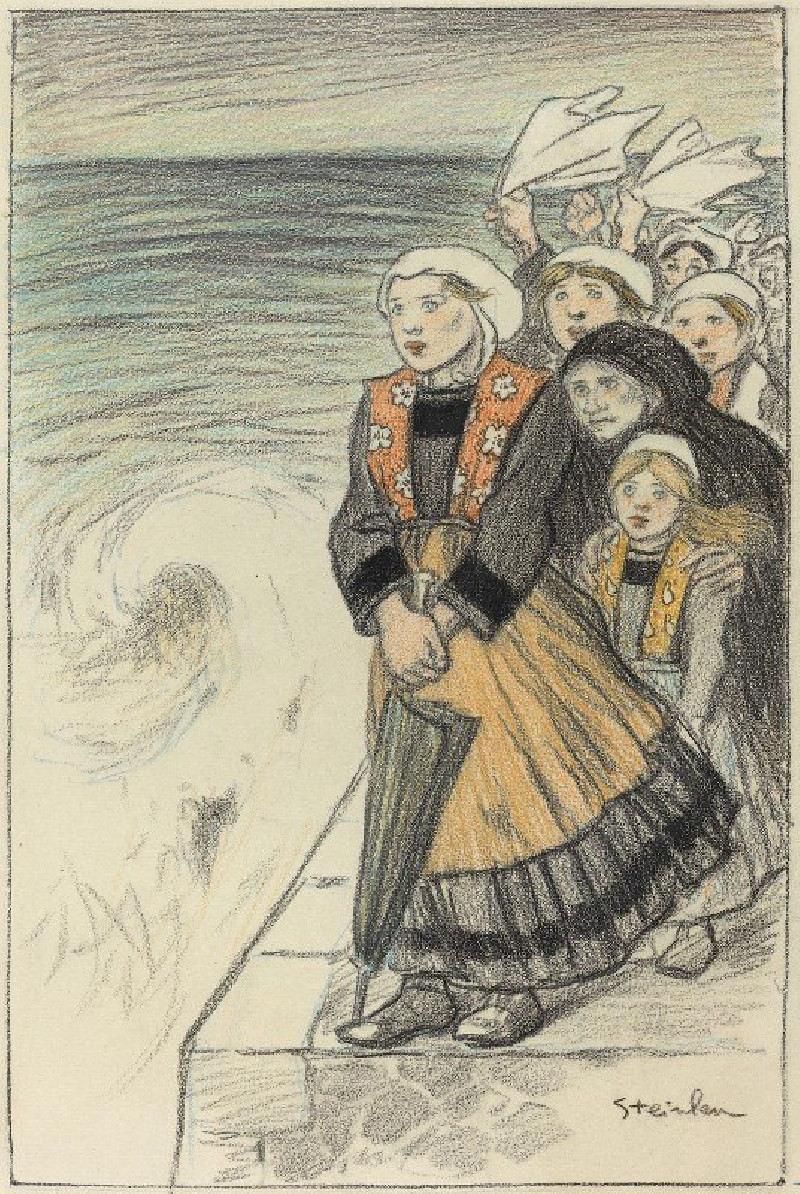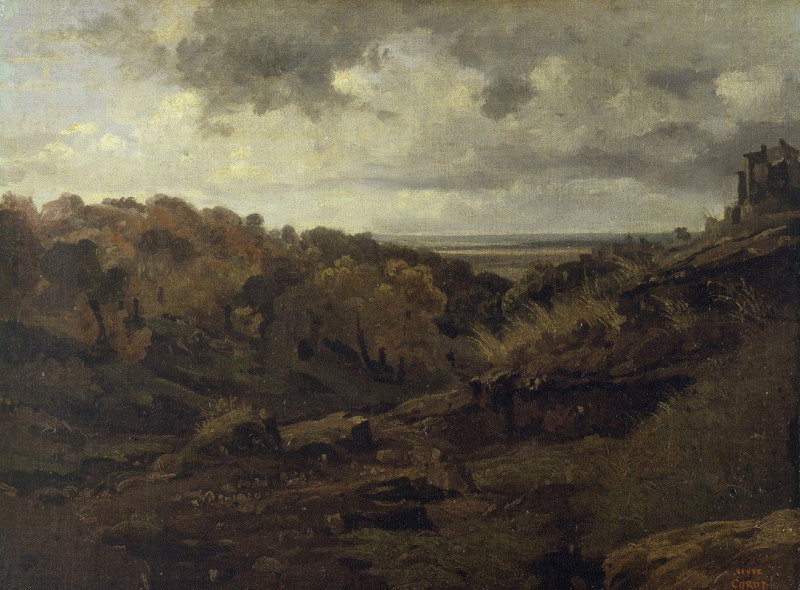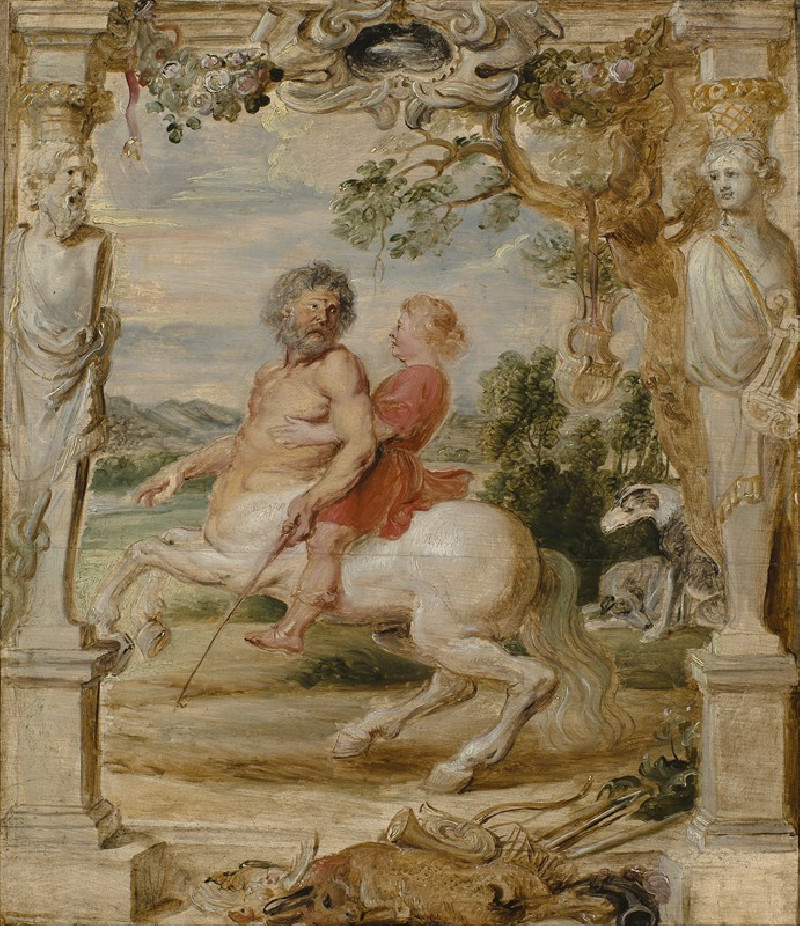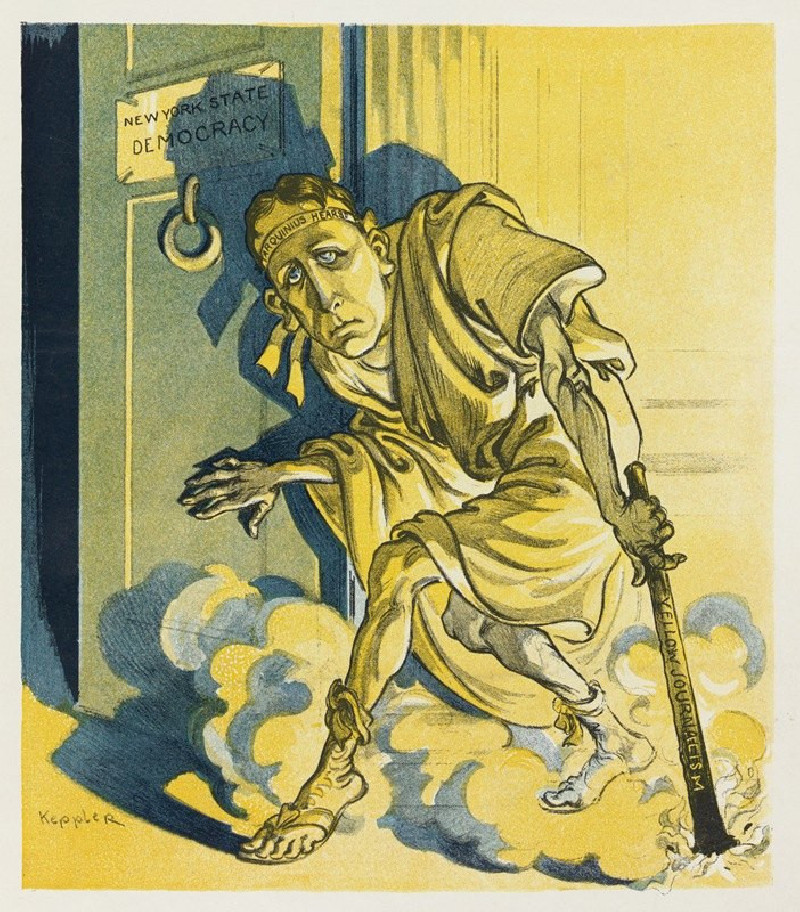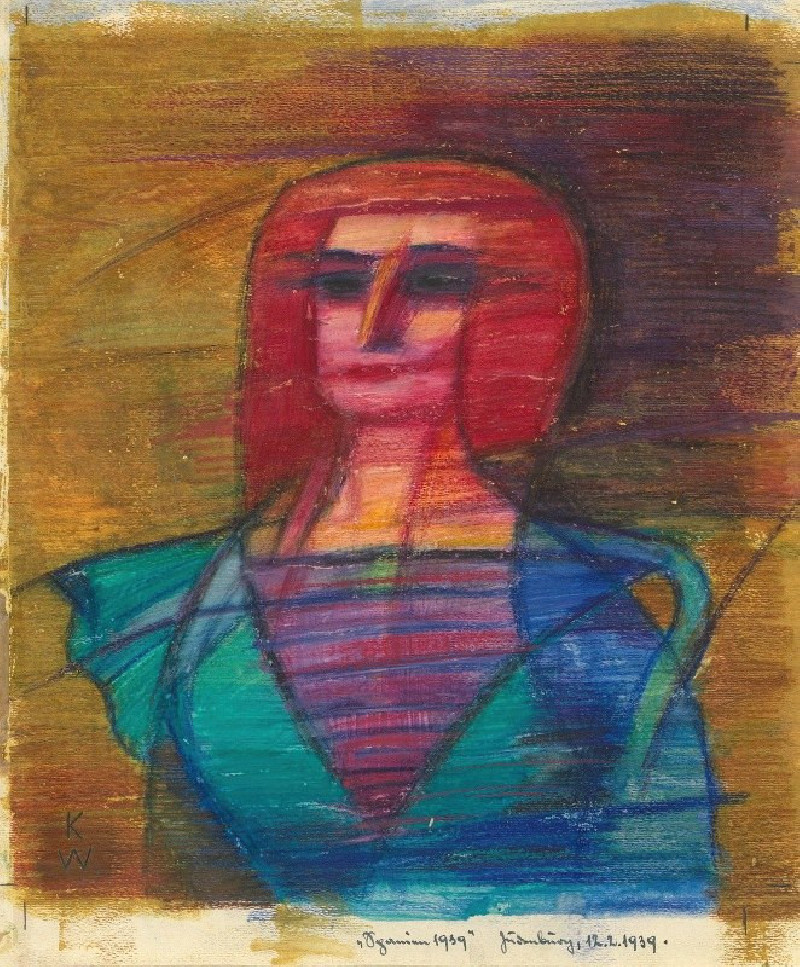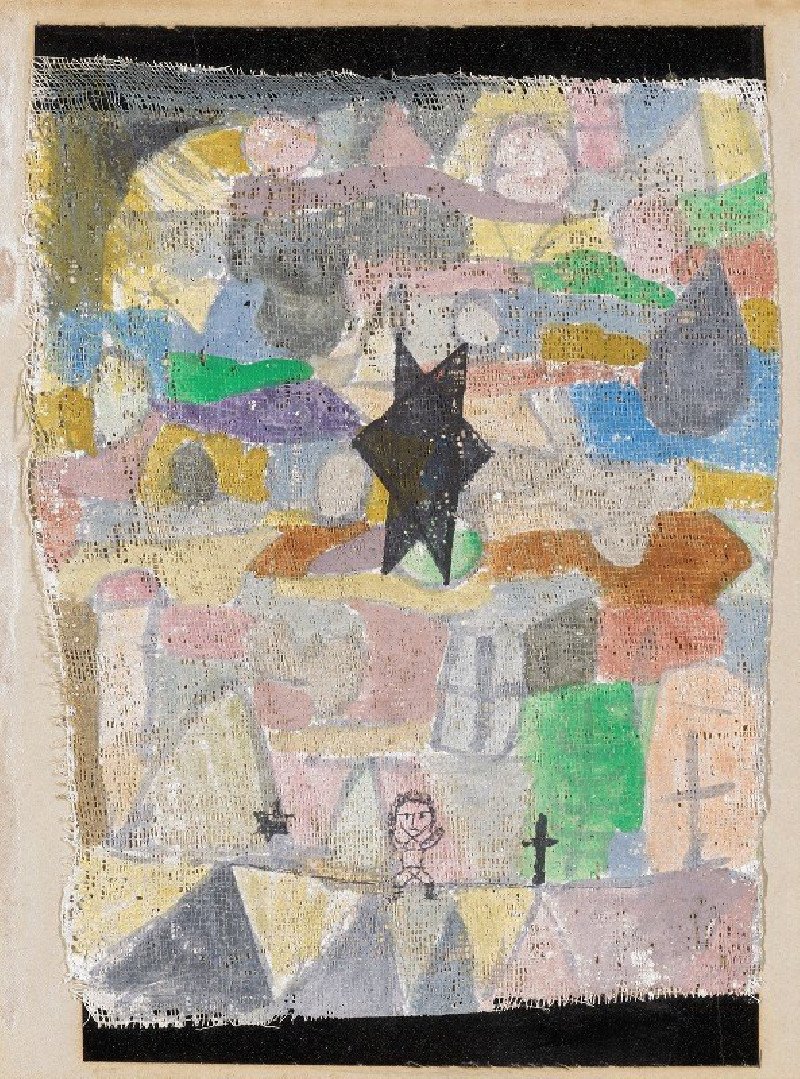Rain Effects (1879)
Technique: Giclée quality print
Recommended by our customers
More about this artwork
Welcome to an evocative exploration of Camille Pissarro's "Rain Effects" from 1879. This compelling artwork stands as a testament to Pissarro's mastery in capturing the essence of atmospheric conditions within a rural setting.In this etching, we see a somber, rain-drenched landscape, where diagonal lines of rain streak across the scene, suggesting the persistence and depth of a downpour. The foreground features two figures, likely agricultural workers, who are rendered in contemplative stillness, gazing out over a plowed field. Their muted presence amidst the sweeping rain enhances the painting's melancholic tone.Dominating the midground is a large haystack, a typical feature of the rural French countryside, which serves as a visual anchor in the vast openness. It represents both shelter and the fruits of past labors, standing resilient against the storm. The background is lined with a row of slender trees, swaying under the gusty winds, their forms blurred and almost ghostly against the gray, oppressive sky."Rain Effects" invites viewers into a moment of reflection on the endurance of nature and human life against elemental forces. Pissarro's use of monochromatic tones and vigorous, expressive lines not only conveys the intensity of the storm but also evokes the emotional and physical responses such conditions elicit.This piece is a remarkable example of Pissarro's ability to blend technique and emotion, offering a window into the harsh yet poignant realities of rural existence.
Delivery
Returns
Blessed are they who see beautiful things in humble places where other people see nothing. — Camille Pissarro
Camille Pissarro (1830-1903) was born on St.Thomas (now the US Virgin Islands) to a Portuguese father and a Dominican mother. He went to Paris to study art at Ecole des Beaux-Arts. He was an early pioneer of pointillism and neo-impressionism and later became a mentor of many famous impressionist painters including Cezanne, Manet, Renoir, and Gauguin. His paintings depicted rural and urban French landscapes and lifestyle. Many of his works politically captured images of peasants and laborers. Today, he is considered the father of impressionism.

